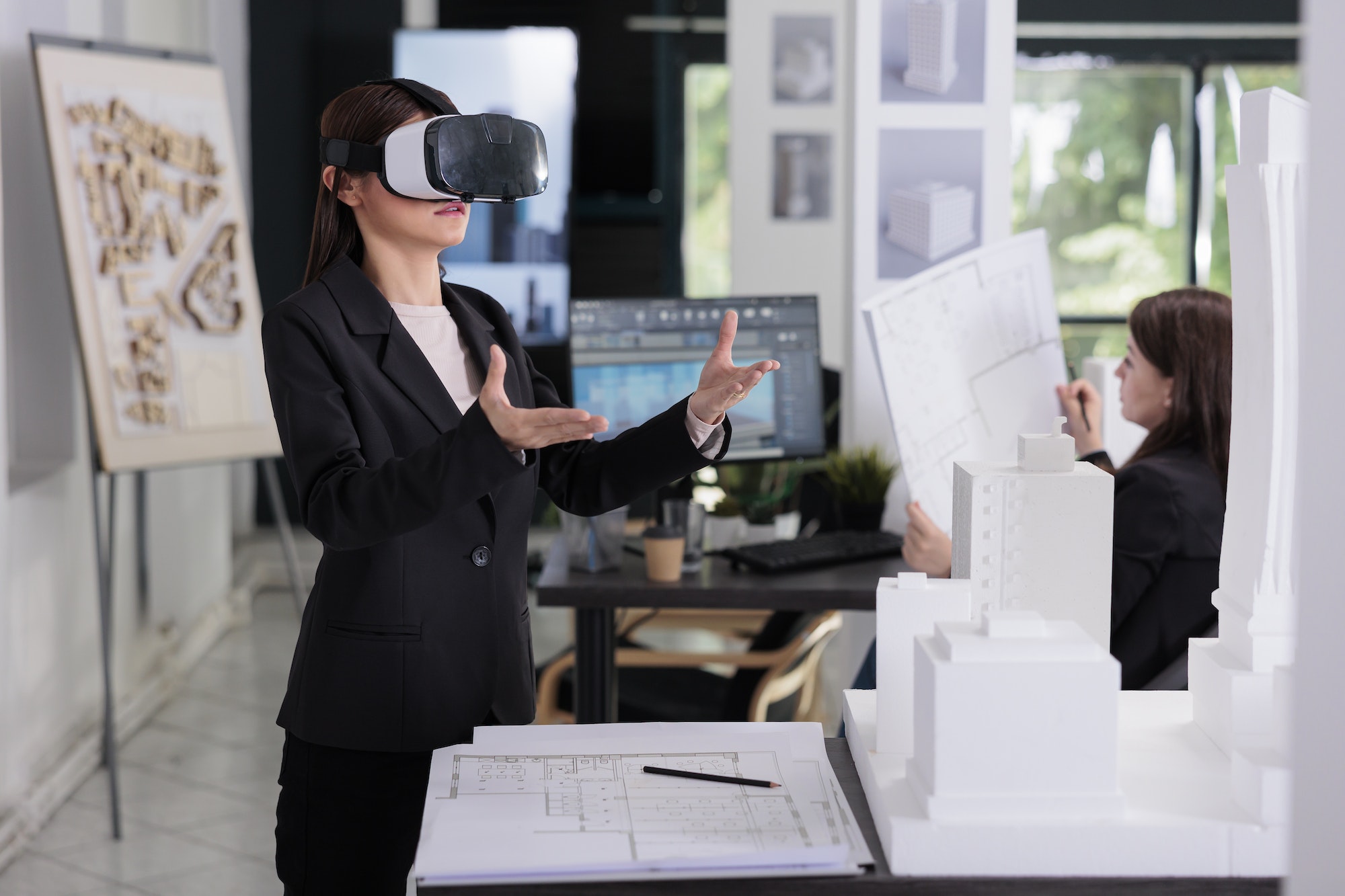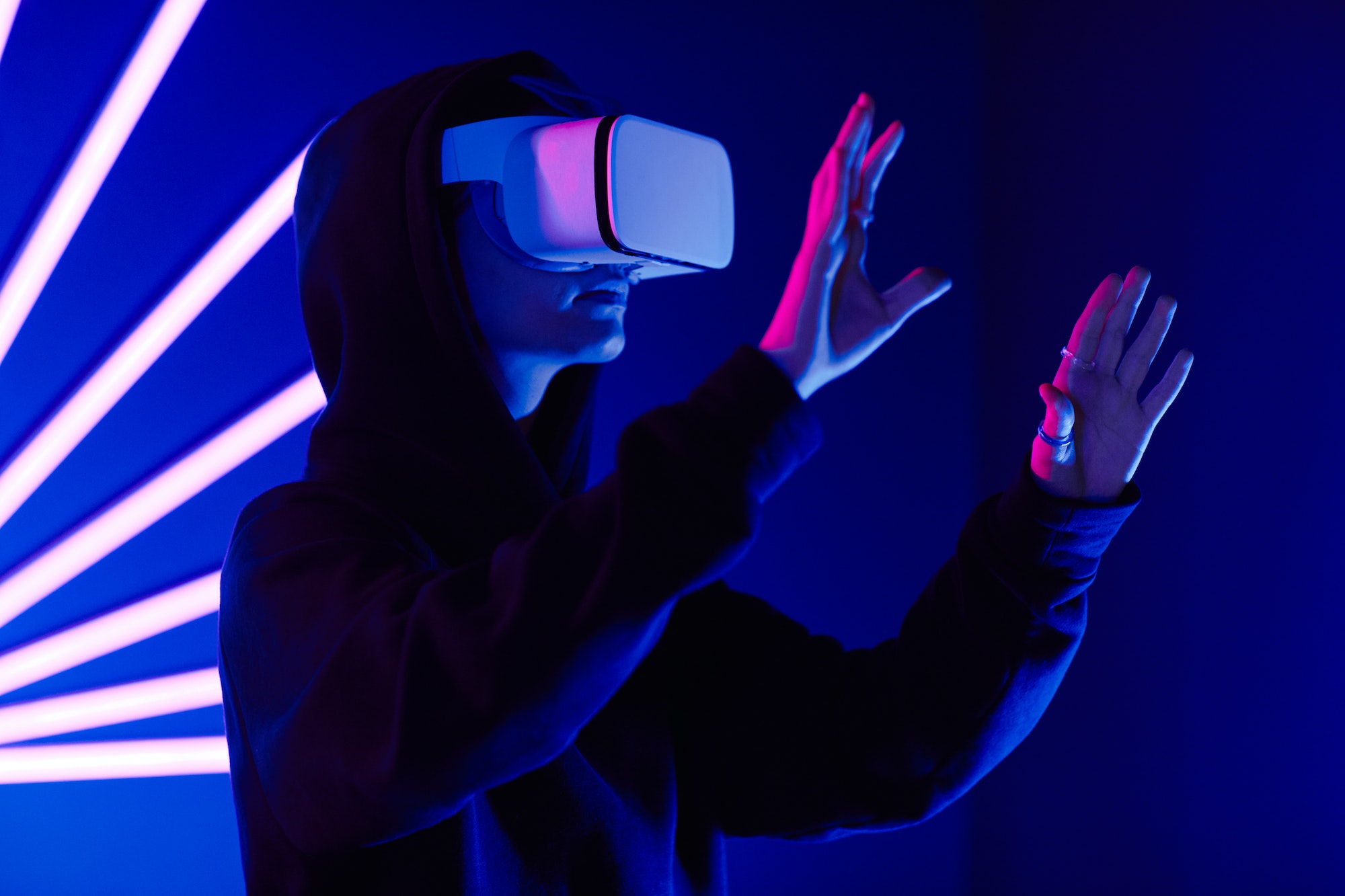Incremeted reality is a new technology that allows to add virtual elements in the real world. This technology is getting more and more popular, especially for advertising purposes. It can be used to create interactive advertisements or even to make virtual product available in the real world. In this article, we will see how increased reality can help advertisers to reach their target audience and How it can include their Sales.
- 1 How can the use of augmented reality change the way advertisers communicate with their audience?
- 2 What are the advantages and disadvantages for advertisers to use augmented reality in their advertising campaigns?
- 3 What kinds of content are the most suitable for augmented reality for advertisers?
- 4 What is the role of facial and vocal recognition technologies in augmented reality?
- 5 What is the best way to measure the success of an advertising campaign using augmented reality?
How can the use of augmented reality change the way advertisers communicate with their audience?
Augmented reality is a technology that allows you to add virtual elements to our environment. Everyone can therefore benefit from the advantage of this technology today. The interest in this type of advertising communication is growing and is explained by the multiple possibilities it offers.
The main advantage of augmented reality is its ability to allow brands to improve their image, their products and services, while making life easier for the consumer.
It is possible to: offer more dynamic or more attractive interactive content. Offer a unique user experience thanks to the sharing of information between brands and its users via social networks. Allow consumers to interact with the products/services offered by a brand in order to make them live a new significant customer experience. This also increases the visibility of the internet advertising message and smartphones.
What are the advantages and disadvantages for advertisers to use augmented reality in their advertising campaigns?
Augmented reality is undoubtedly one of the most interesting technologies to use for advertising. However, you should know that this technology is not yet completely to the point and that it can present certain drawbacks.
The augmented reality glasses make it possible to view virtual images on the porter’s field of vision and to interact with them through the movement or by the voice. For advertisers, the use of this technology could be very lucrative, because it makes it possible to greatly increase customer engagement with the advertising message, while strengthening the personal brand which is often based on visual elements such as logos and Slogans. On the other hand, it is clear that this technology is not yet completed and that it has many drawbacks.
The main advantage of augmented reality would therefore be its incredible potential for attracting consumer’s attention to advertising messages, which promotes consumer’s engagement with your personal brand.
When used properly, holographic screens can be extremely attractive to potential customers and offer an excellent return on investment if you know how to take advantage of the benefits inherent in this technology.
What kinds of content are the most suitable for augmented reality for advertisers?
Brands can thus highlight their products through videos or animations on all types of mobile devices (smartphones, tablets).
The RA is particularly suitable for the automotive sector because it allows you to present the features of a model or even the equipment it has. Indeed, in addition to being an excellent means of promotion for car manufacturers, this technology allows consumers to discover the model virtually in all its seams thanks to different angles of view. A mobile application based on augmented reality also allows advertisers to offer a wide range of options to personalize a product such as a sofa or car so that it corresponds to consumer tastes.
What is the role of facial and vocal recognition technologies in augmented reality?
Facial and vocal recognition technologies are key tools for augmented reality. These technologies make it possible to recognize the faces of the people present in the photos or the videos when they are displayed on a screen. They also make it possible to recognize the sound of a human voice when it is captured by a microphone in order to integrate text or audio messages into an image or a video.
Vocal recognition allows you to transcribe text recorded by an individual and make it accessible via a touch pad. Finally, this technology also makes it possible to determine if the person who speaks is the right person and not someone who tries to pretend to him. However, facial and vocal recognition is not yet precise enough to be used on a large scale within companies or traditional businesses such as supermarkets and other physical stores (except in some sellers).
There are several applications based on facial recognition: – Connected glasses: they allow in particular the visually impaired to have access to the information contained in a book but also to customers to know the exact price in cash after having scanned the barcode of the product product purchased (like the Eyeseu application).
What is the best way to measure the success of an advertising campaign using augmented reality?
The RA is a relatively young area and there is still a lot of research to do on its commercial potential.
You should know that there are different types of RA: the RA dependent on movement (for example voice recognition); The GA dependent on the image (for example the scan of a product); The GA dependent on the text (for example when you click on a button).
The possible applications are multiple. For example, we know that consumers like to try different products before buying a particular article.
Virtual visits allow potential customers to see the interiors as if they were in real time without having to go there. We also know that consumers often want to try different types of shoes before buying a specific pair.
The 3D scan allows potential customers to virtually try all kinds of possible models.
What are the main challenges that advertisers face when they integrate augmented reality in their advertising campaigns?
One of the main challenges that advertisers are confronted when they integrate augmented reality in their advertising campaigns is to make these techniques visible for those who are not equipped with technology.
The vast majority of people around the world do not have access to augmented reality and many of them know nothing. Consequently, companies must be creative in order to publicize their brand with consumers. They must also be ready to provide a significant financial effort to get started on this new market.
Advertisers must understand that consumers using obsolete technology will always be less likely to see an advertising in RA format than a person who has a modern smartphone or tablet (this includes mobile devices such as smartphones and tablets).
The idea is therefore to offer consumers the possibility of visualizing your advertisement on their own device without the need for a helmet or other specialized technologies, such as RA glasses.
The arrival of mobile augmented reality applications (RA) and the development of smartphones with their photo and camera sensors, will allow new forms of interaction between brands and their customers. For example, using a smartphone like a magnifying glass, it will be possible to zoom in on a product in a store or even display a 3D cut of the clothing selected on a virtual model.
If AR has become a thing, virtual influencer too ! Indeed, not only we can put add in augmented reality but advertising can also be made through virtual influenceur !


